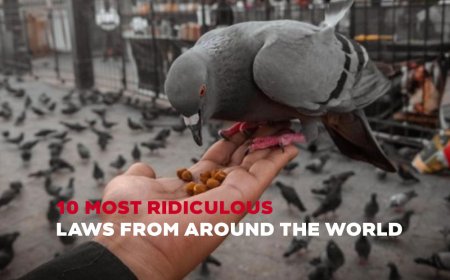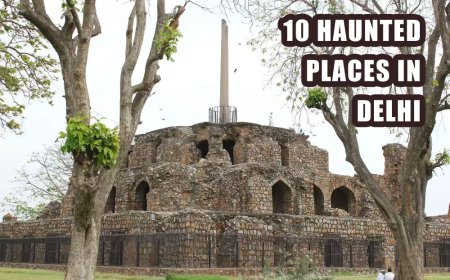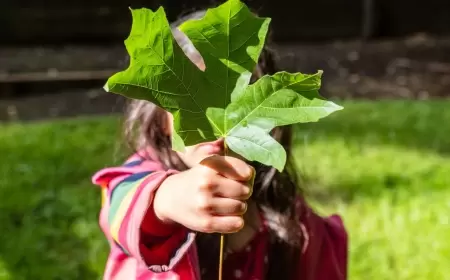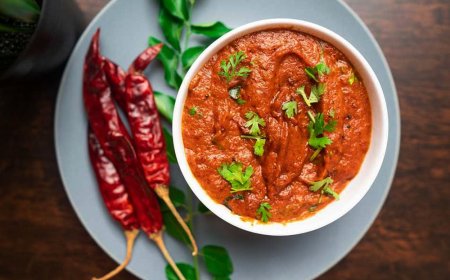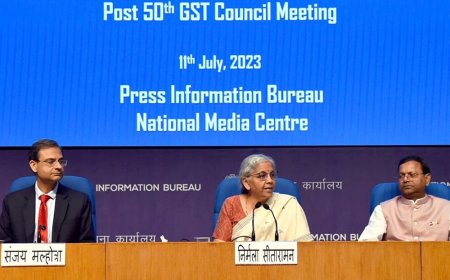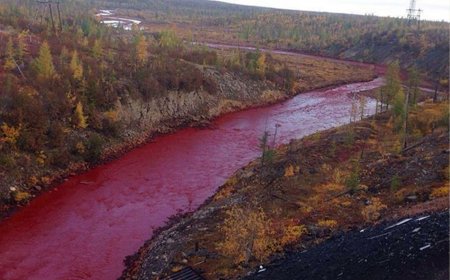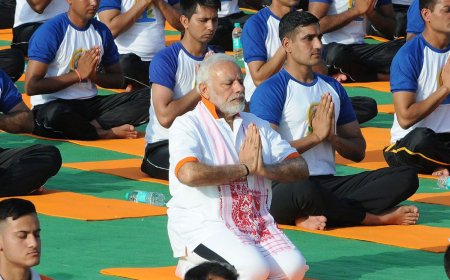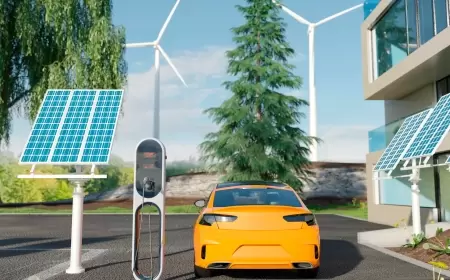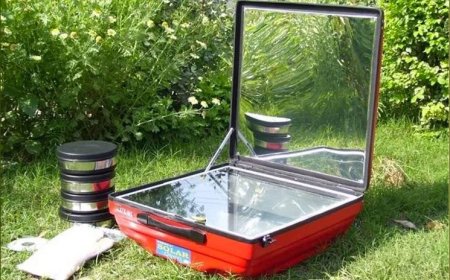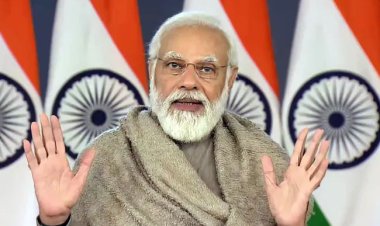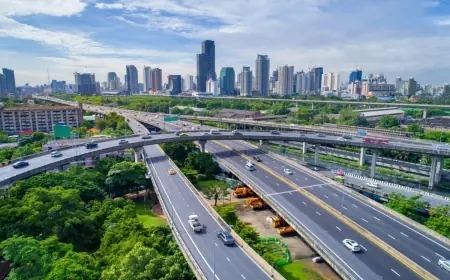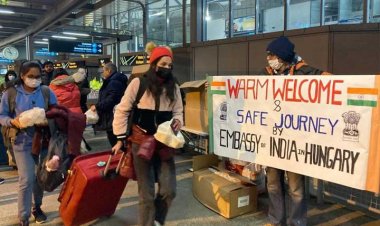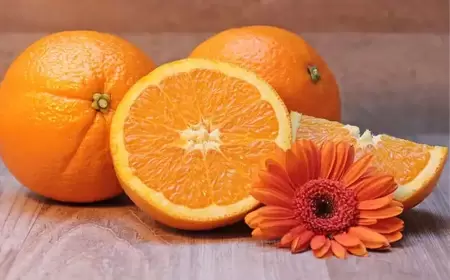Why Are Tomato Prices Skyrocketing ?
The present high tomato prices may be linked back to a rapid drop in April-May, which caused many producers to abandon their crops. The extreme temperatures of March and April also resulted in bug outbreaks, which hampered productivity.
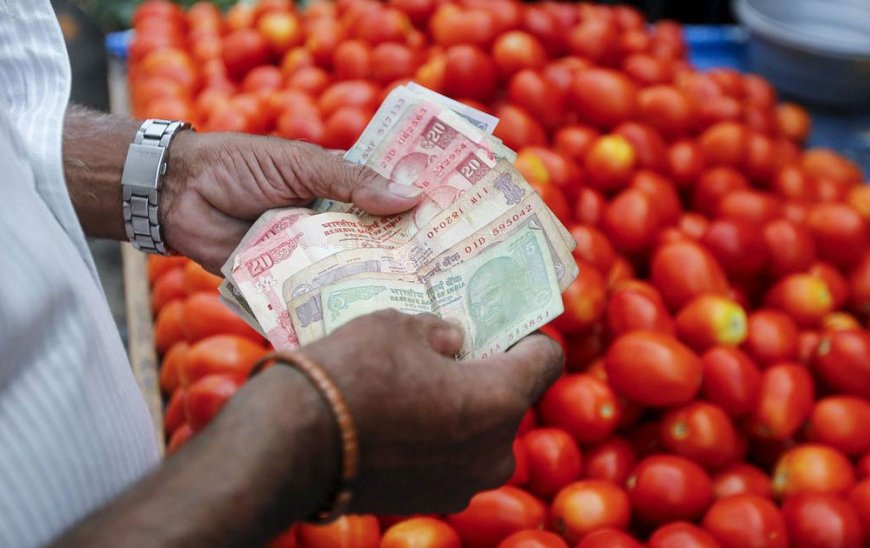
The retail price of tomato has surpassed Rs 60 per kg in towns and cities throughout the nation over the last two weeks — it was selling for more than Rs 100/kg in some locations on Tuesday — and dealers and producers do not anticipate prices to reduce anytime soon.
The reason for tomatoes' high cost.
The present high prices may be linked back to a precipitous drop in April-May, which caused many producers to abandon their crops. The extreme temperatures of March and April also resulted in bug outbreaks, which hampered productivity.
India has two significant tomato harvests. The rabi crop, which is planted mostly in Maharashtra's Junnar taluka as well as areas of Karnataka and Andhra Pradesh, is harvested between March and August. After August, the Kharif crop in Uttar Pradesh, Nashik in Maharashtra, and elsewhere in the country supply the market.
On average, rabi tomato covers about 5 lakh hectares of cropland and kharif tomato covers 8-9 lakh hectares.
So, what did go wrong this year?
Saplings 3-4 inches tall are transplanted in raised beds in December-January or February-March. The first lot guarantees supply through April, while the second provides the market until August. The harvest is ready in three months, and picking continues for 45 days.
Farmers often rotate their holdings until August to guarantee they have market-ready crops. Rabi crops provide greater returns to farmers. According to Deepak Bhise, head of the Junnar Tomato Growers' Association in Maharashtra, the cost of producing rabi tomatoes is roughly Rs 12/kg, whereas kharif tomatoes cost Rs 10/kg. "A higher incidence of pest attacks during the summer requires more control, and thus the cost of production is nominally higher," he explained.
Farmers, on the other hand, were taken aback in March and April of this year. In March, the average price at the Narayangaon wholesale market in Junnar taluka of Pune district was Rs 5-10/kg, while in April, it was roughly Rs 5-15/kg. Farmers were compelled to sell for Rs 2.50-5/kg in May.
Ajit Korde, a sugarcane and tomato planter from Mirewadi village in Satara district's Phaltan taluka, said the price collapse caused many farmers to leave their crops. "Farmers with standing crops abandoned them, and those who planned to plant a second crop in March did not." "The current price increase is the result of this double whammy," he explained.
Korde farms cane on 40 of his 60 acres and tomatoes on 5. However, in March of this year, he decreased his tomato holding to only 1.5 acres. And Bhise, who typically plants tomatoes on three of his five acres, didn't plant a single one this year.
"Normally, Junnar taluka reports around 3,000-5,000 acres of rabi tomato." "It's not even 1,000 acres this year," Bhise added. The minutes of the national government's Crop Weather Watch Group (CWG) meeting on June 19 show 4.64 lakh hectares under rabi tomato, compared to 4.96 lakh hectares last year.
Prices fell in March-April and early May because much of the crop arriving on the market was of poor quality, and farmers resorted to panic selling. "The leaf curl virus devastated the crop in South India, which experienced extreme heat." "In Maharashtra, the absence of winter and excessive heat in March-April resulted in cucumber virus attacks," Korde added.
Farmers sold whatever harvest they had due to pricing and supply uncertainties, resulting in a glut.
What time will the price of tomatoes drop?
Farmers see no likelihood of prices falling anytime soon.
On average, 24,000-25,000 crates (each carrying 20 kg) of tomato arrive at the Narayangaon wholesale market every day, accounting for about half of the 40,000-45,000 crates expected at this time of year.
The kharif tomato, which was only planted when the monsoon was revived, will be the next crop. "It won't be until after August that arrivals improve and retail prices begin to fall," Korde said.
What's Your Reaction?
 Like
0
Like
0
 Dislike
0
Dislike
0
 Love
0
Love
0
 Funny
0
Funny
0
 Angry
0
Angry
0
 Sad
0
Sad
0
 Wow
0
Wow
0













